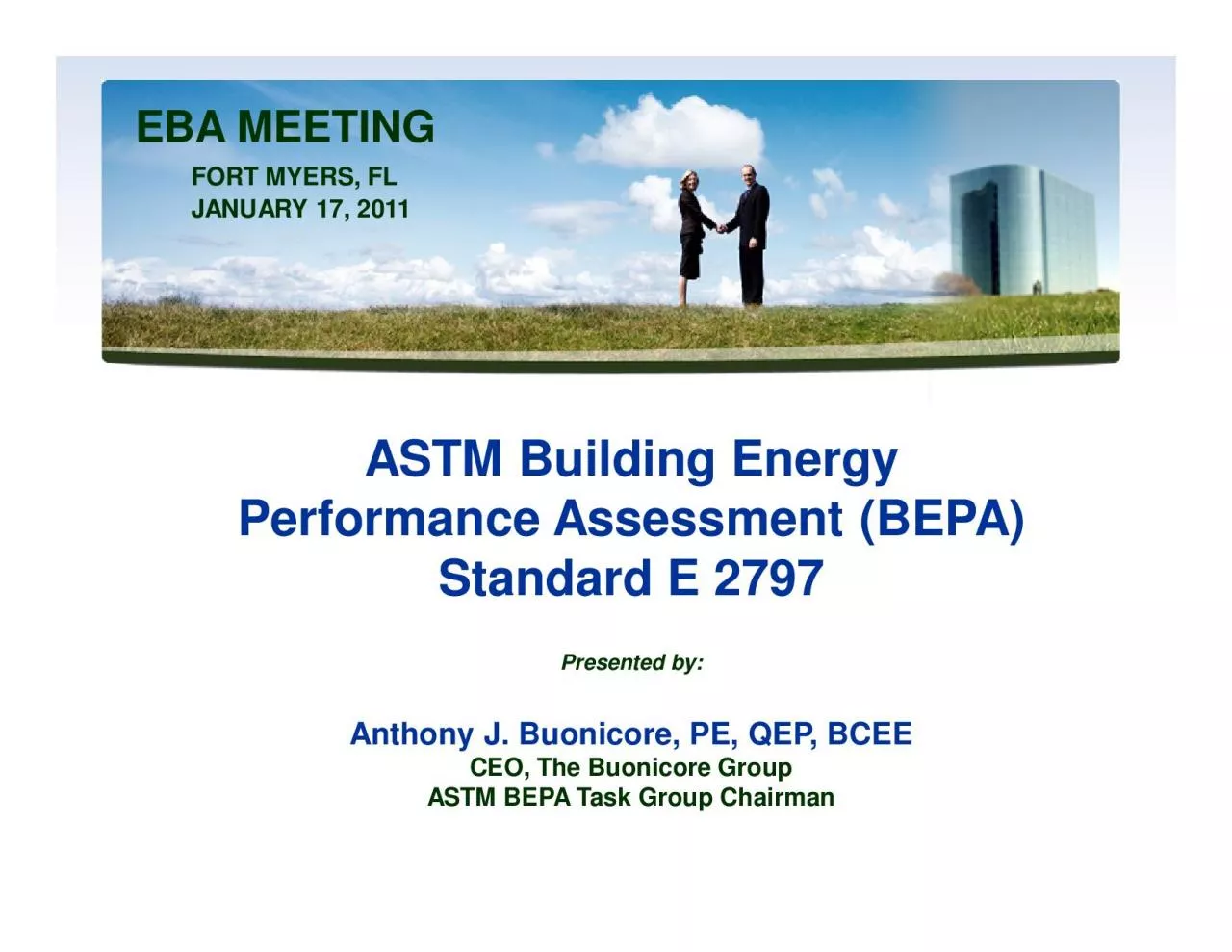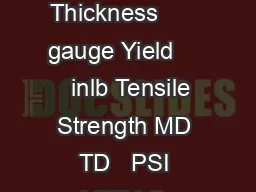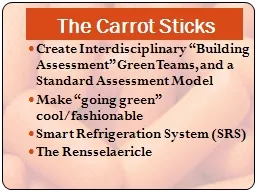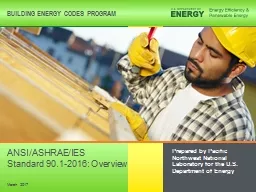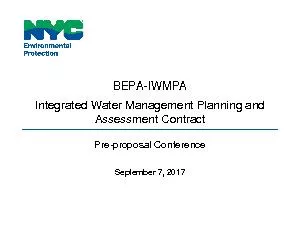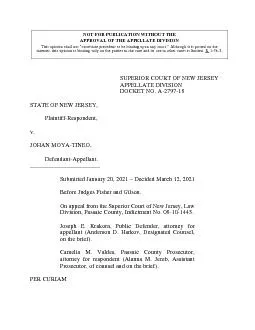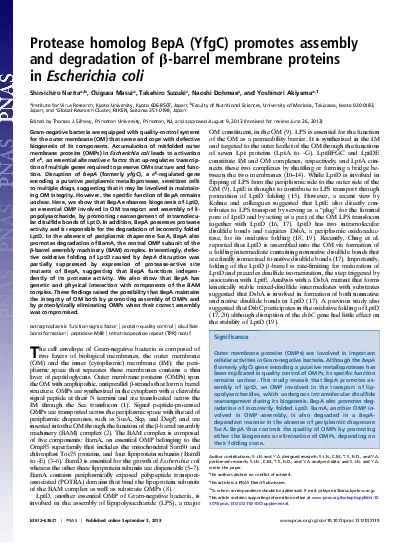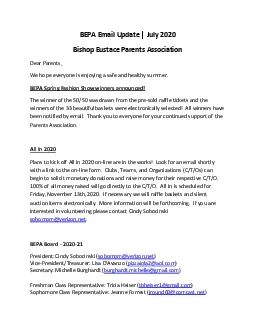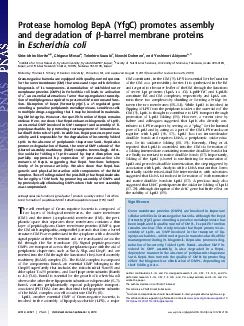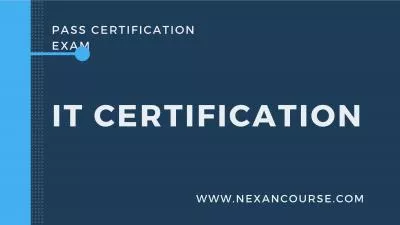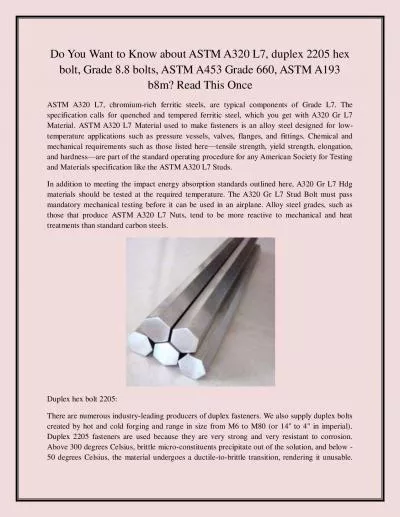PDF-ASTM Building Energy Performance Assessment BEPA Standard E 2797
Author : sadie | Published Date : 2021-06-20
Presented by Anthony J Buonicore PE QEP BCEE CEO The Buonicore GroupASTM BEPA Task Group ChairmanEBA MEETINGFORT MYERS FL JANUARY 17 2011 ASTM BEPA Standard E2797 Overview
Presentation Embed Code
Download Presentation
Download Presentation The PPT/PDF document "ASTM Building Energy Performance Assessm..." is the property of its rightful owner. Permission is granted to download and print the materials on this website for personal, non-commercial use only, and to display it on your personal computer provided you do not modify the materials and that you retain all copyright notices contained in the materials. By downloading content from our website, you accept the terms of this agreement.
ASTM Building Energy Performance Assessment BEPA Standard E 2797: Transcript
Download Rules Of Document
"ASTM Building Energy Performance Assessment BEPA Standard E 2797"The content belongs to its owner. You may download and print it for personal use, without modification, and keep all copyright notices. By downloading, you agree to these terms.
Related Documents

